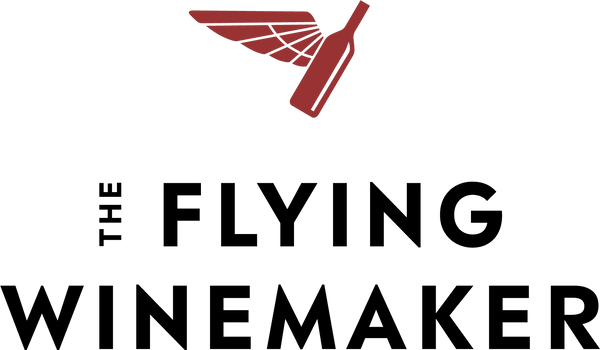It's easier said than done when it comes to France due to how important its role is in the wine world. Before you read this be sure to go to the bathroom, grab a snack and then get stuck in. Here it goes.
When most people think about wine today they tend to think about French wine first. While it isn't the oldest wine nation in the world, France remains an unquestionably dominant wine region for so many reasons.
Its domestic market is huge - French people have one of the highest rates of consumption per capita; on average one French person consumes 44L per year. Its exports are very strong in both volume and value. But where the true strength of French wine lays is in the diversity of its styles of winemaking, many of which have become iconic and recognisable worldwide.

Bordeaux simply rolls off the tongue as perhaps the most iconic and most symbolic wine style of France. With beautiful Chateaux, luscious fields and legendary labels worth thousands, it sells glamour for days and the world keeps asking for more.
The Region
Bordeaux can be referred to as 3 separate areas:
- Left Bank
- Right Bank
- Entre-deux-Mers
The Bordeaux region is located in the South West of France, near the Atlantic Ocean and north of Spain. Two large rivers divide the region into three main areas: Left Bank, Right Bank and Entre-deux-Mers. Each area is divided into smaller appellations, each of which aims to make an iconic style that expresses the land.
The Right Bank of Bordeaux mainly grows Merlot and Cabernet Franc, and they make red wines that are lighter and finer than Left Bank wines. The two most prestigious appellations of the Right Bank are Pomerol and Saint-Emilion, which both have many satellite appellations.
The Left Bank can be further divided into two sections.
The northern part of the Left Bank is called Medoc, and it's the best place for growing Cabernet Sauvignon. Some of the world’s most expensive and age worthy wines are made here. Some examples of premium appellations in Medoc are Pauillac, Margaux and Saint-Estephe.
The southern part of the Left Bank is called Graves, and while it makes some fantastic, more robust Bordeaux reds, it's most famous for making premium white Bordeaux (Pessac-Leognan) and sweet botrytis wines (Sauternes and Monbazillac).

The Typical Bordeax Blend
Bordeaux wines are almost always blended. The reds are made mainly from Cabernet Sauvignon, Cabernet Franc and Merlot while the whites are made from Sauvignon Blanc, Semillon and Muscatel.
Classifications
There is also a special wine ranking system in Bordeaux called the Bordeaux Wine Official Classification of 1855. It was established in 1855 by Napolean to promote the best wines of Bordeaux to the world.
In 1855 the finest Bordeaux estates of the Left Bank, most of them located in Medoc, were ranked by degree of excellence in Premier Crus Classes, known as Growths in English. This ranking defines vineyards of exceptional terroir, but it has not been updated since it was established, except for Chateau Mouton-Rothschild moving from 2nd to 1st Growth in 1973.
On the Right Bank, Saint-Emilion and Saint-Julien came up with its own Cru system, defining Premier Cru and Second Cru Classe, and it's updated regularly.
Another Bordeaux classifcation system is the Cru Bourgeois classification. Bordeaux committees hold annual selections to select affordable and excellent Bordeaux wines every year that showcase good, classic expressions of the region.
Grapes that are permitted to make a Bordeaux Blend
Red grapes that are grown and used in Bordeaux:
- Cabernet Sauvignon
- Merlot
- Cabernet Franc
- Petit Verdot
- Malbec
- Carmenere
White grapes that are grown and used in Bordeaux:
- Semillon
- Sauvignon Blanc
- Muscatel
- Sauvignon Gris
- Ugni Blanc
- Colombard
- Merlot Blanc
- Ondenc
- Mauzac
I hope this article will help you to make better informed decisions when it comes to picking out your next bottles of classic Bordeaux wines!
For more on wine check out other articles on our blog:
